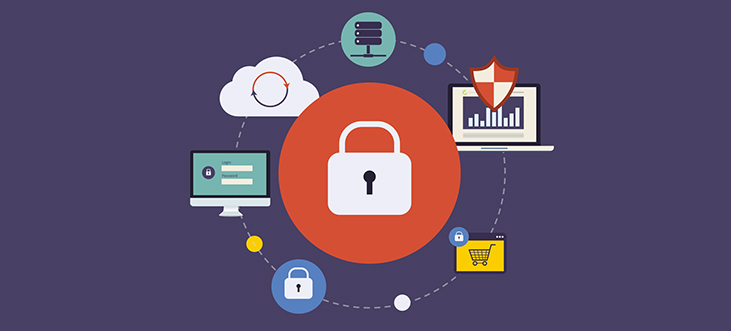
What Is Endpoint Protection?
Endpoint Security refers to a centralized approach used for protecting all endpoints connected to the corporate IT network from cyber threats. This methodology enables effective, efficient and easier security management for smartphones, laptops, desktops, servers and several other IoT devices. A few vendors offer Endpoint Security systems that comprise of firewall, antivirus, and other high defined security software.
Implementation Of Endpoint Protection At Neumont University
Peter Green, director of IT at Neumont University in South Jordan, Utah, states that it is essential for users to consider implementing a few measures before committing to an endpoint protection system. He feels that IT technicians are going about network security in the wrong manner.
According to Green, “We are trying to put a box around our networks, when every night, a large portion of those networks leave the building, and in my case, [during every college vacation], those pieces scatter across 42 states.”
It is not possible to put a box around that and Neumont’s environment is considered to be a perfect example for several reasons. “Our endpoint protection discussion started when we got an excited call from our Cisco rep about an acquisition,” Green says. “As a result, we had a conversation with Cisco about network access controls that fascinated me. To me, this is the future of the network. It made me realize that we have been looking at security from the wrong perspective.”
But, he says, “when we asked about different features, the answer was always, ‘We are working on that.’ So when Senforce approached us with a fully based solution, we didn’t look much further. This is so new that there isn’t much out there, and Senforce has endpoint security and INAC together, which is great.”
However, as with any new technological approach, a endpoint protection has its trade-offs, both in terms of money and changes in how IT handles issues.
5 Facts To Be Considered Before Committing To An Endpoint Protection System:
1.This approach needs a more intelligent network, referring to investment in extra software and hardware beyond the security package itself.
2. A major danger of bleeding-edge technologies is that two years later, they will be able to strand you with a proprietary system from a small vendor that lacks the resources to proceed development, and finally requires an expensive forklift upgrade to whatever standard has evolved.
3. Leading-edge technology can challenge the IT staff’s potential to adapt and can require extra effort and time.
4. Visitor isolation is perfectly necessary and a huge benefit of endpoint security.
5. Endpoint protection needs active user involvement, at least to the point of responding when a pop-up comes on the screen that informs users that their laptops have been quarantined until they turn on the laptop’s personal firewall or upgrades virus definitions.
Green further states, “We need to be sure our end users have that same emotional investment in the security of the network that we do. If they don’t, they will see meeting security requirements as one more problem keeping them from their data.” Hence, user education indeed becomes important. “We do get calls from people asking what these pop-ups are all about,” he says.
Thus, endpoint devices will have to meet security standards prior to being granted network access; this would help prevent threats to a large extent. Endpoint protection software is also capable of monitoring endpoints and endpoint devices for malicious and risky activities.
Whether employed as a complete security suite or by using the sandbox as a standalone in order to strengthen existing AV solutions, the Advanced Endpoint Security from Xcitium offers matchless endpoint protection for Microsoft Windows servers, laptops, tablets, and desktops.
Xcitium Advanced Endpoint Security
Xcitium Advanced Endpoint Security permits users to control and centrally take care of endpoint protection by applying operational templates or policies. Administrators are provided with the potential to define operational thresholds for, RAM usage, CPU usage, available storage, and network usage. Options for disabling USB mass-storage devices, floppy drives, and optical devices are also provided by Xcitium’s endpoint protection software.
See Also:
Please give us a star rating based on your experience.

 (4 votes, average: 4.00 out of 5, rated)
(4 votes, average: 4.00 out of 5, rated)